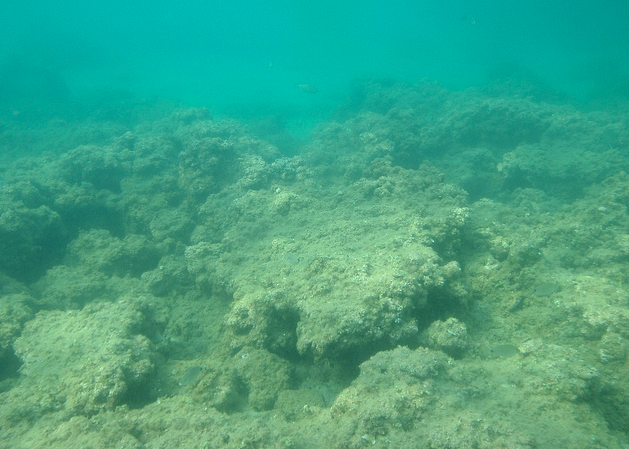New Scientist
Image: dimsis
They are, perhaps, the world’s deepest architects. Microbes living beneath the sea floor near methane seeps construct extensive rocky deposits – and then live inside them. The organisms may be representatives of a distinct lifestyle that could be well-suited to conditions on harsh, alien worlds.
Our planet’s crust is home to a surprising diversity of microbes, either living inside crevices in the sediments and rocks below Earth’s surface, or burrowing their way through. But none are quite like the microbes Jeffrey Marlow’s team at the California Institute of Technology in Pasadena have found below the seabed at methane seeps near Oregon.
These microorganisms oxidise methane and generate bicarbonate ions that help them build vast limestone slabs in the soft sediment. What makes them truly unusual, though, is their bizarre lifestyle: they seem to continue living inside cavities within the limestone they create. That life of self-entombment is so unlike anything else seen on Earth that Marlow and his colleagues propose giving it a new name: such microbes should be called autoendoliths. Read more on newscientist.com…








